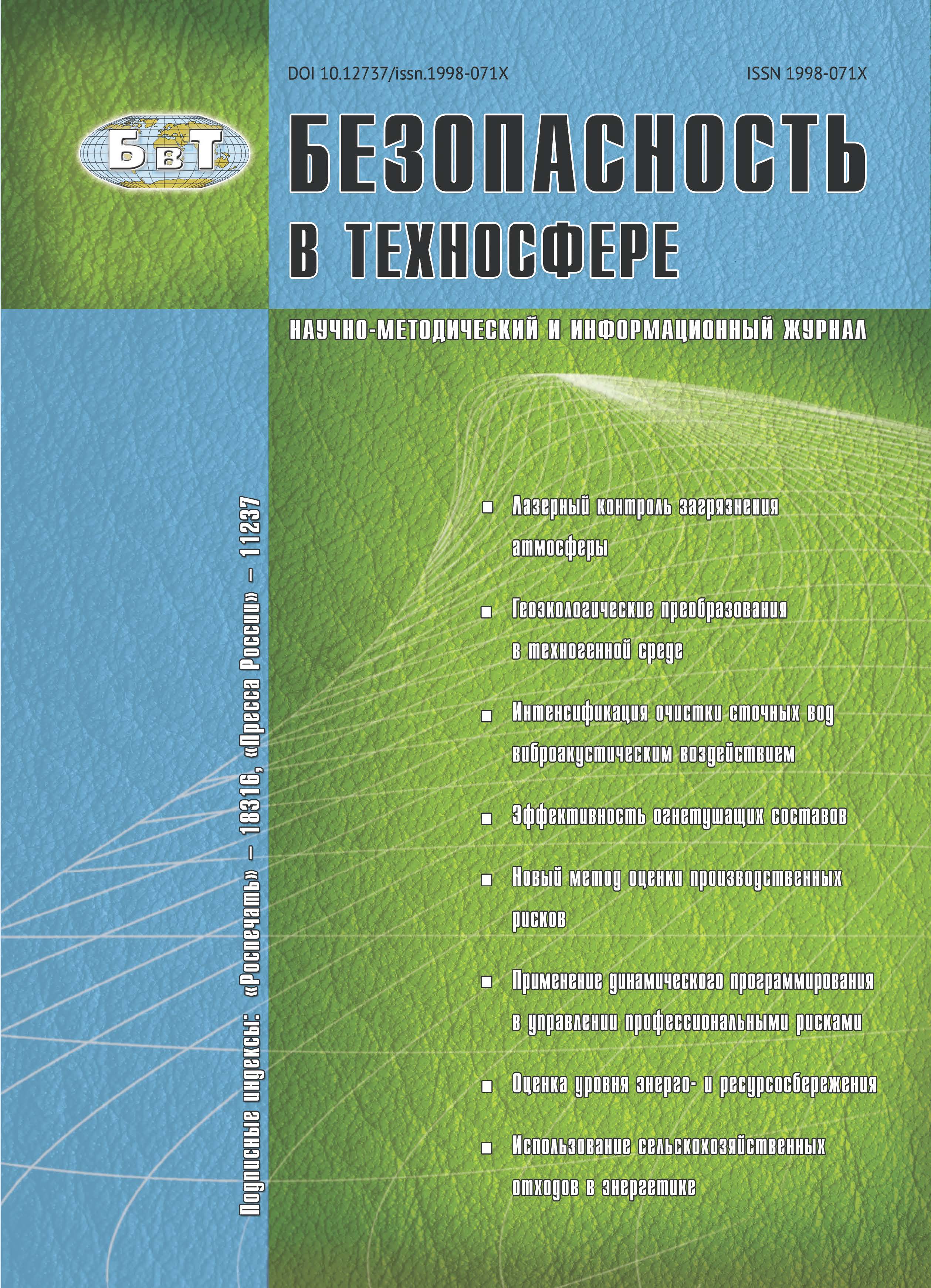The article presents the results of field studies of air quality depending on mobile sources of pollution. Studies of the carbon monoxide concentration was conducted for the climatic conditions of the South of Western Siberia. The object of the study was residential buildings. The studies were conducted under unfavorable wind speed. Processing of experimental data allowed to obtain the calculated dependences of dimensionless concentration of carbon monoxide (II) on the height of building’s facade under emissions from highways. According to the results of research a nomogram was constructed to determine the optimal air intake height of buildings located near roads of various traffic intensity. Research results and given recommendations allow considering external sources of pollution when designing ventilation of a building.
air, pollution, transport, highway, carbon oxide (II), air intake point, ventilation.
1. Введение
Распределение загрязняющих веществ по высоте зданий имеет определенный характер и исследовалось ранее [1–4]. Интерес представляют исследования содержания оксида углерода (II) в наружном воздухе в многоэтажных зданиях, находящихся под воздействием передвижных источников загрязнения атмосферного воздуха, что важно при выборе места забора воздуха при проектировании приточной вентиляции зданий [4]. В городских условиях ошибочно спроектированная приточная механическая вентиляция может привести к ухудшению качества воздушной среды в помещении [5–10]. На стадии проектирования системы вентиляции трудно прогнозировать уровень загрязнения воздуха по высоте здания.
Цель исследований — разработка расчетных зависимостей для выбора оптимального места забора приточного воздуха с учетом качества наружного воздуха по высоте зданий.
1. Vladimirov E.A. Numerical simulation of spread of passive tracer in the atmosphere. Meteorology and hydrology. 1999, I. 7, pp. 22-34. (in Russian)
2. Grimsrud et al., the Fight against air pollution in residential buildings by means of ventilation: volatile organic compounds and radon/ D. T. grimsrud et al., D. E. Hadlich. Proceedings of the ASHRAE. 1999, pp. 114. (in Russian)
3. Gubernskiy Y.D. Ecological-hygienic home security systems. Hygiene and sanitation. 1994, I. 3, pp. 15-18. (in Russian)
4. Livchak V.I. To deal with the ventilation of multi-storey residential buildings. ABOK. 1999, I. 6, pp. 21-25. (in Russian)
5. Malyavin E. G. Air mode high-rise buildings during the year. ABOK. 2003, I. 6, pp. 14. (in Russian)
6. Sidorenko V.F. On the calculation of the concentrations of carbon monoxide in the air of the highways and adjacent residential development. Hygiene and sanitation. 1974, I. 1, p. 7. (in Russian)
7. Skipin L.N. Environmental protection measures to reduce emissions of carbonic gas. Agrarian Bulletin of the Urals. 2013, I. 9 (115), pp. 77-79. (in Russian)
8. Sapega V.A. Change the basic parameters of the emission of pollutants and the protection of atmospheric air in the Tyumen region. Actual problems of construction, environmental protection and energy saving in conditions of Western Siberia proceedings of the international scientific-practical conference. 2014, pp. 185-191. (in Russian)
9. Gilykov E.V. Рopulation Health as an integral indicator of environmental quality. Health officer. 2009, I. 4, pp. 44-47. (in Russian)
10. Litvinova N.A. Transport and air quality in residential areas. Actual problems of construction, environmental protection and energy saving in conditions of Western Siberia proceedings of the III international scientific-practical conference. 2010, pp. 113-116. (in Russian)






